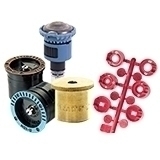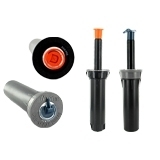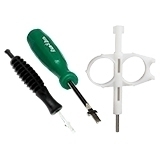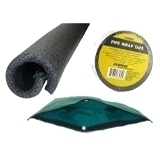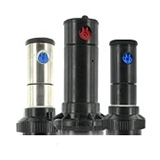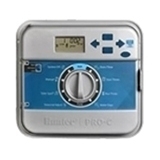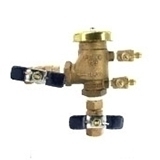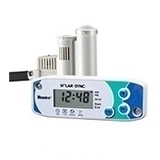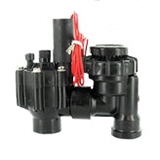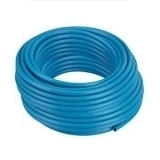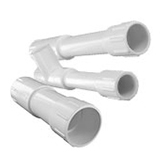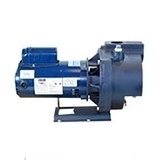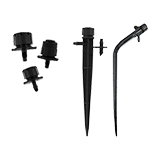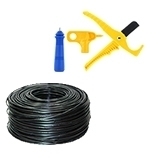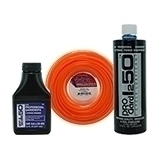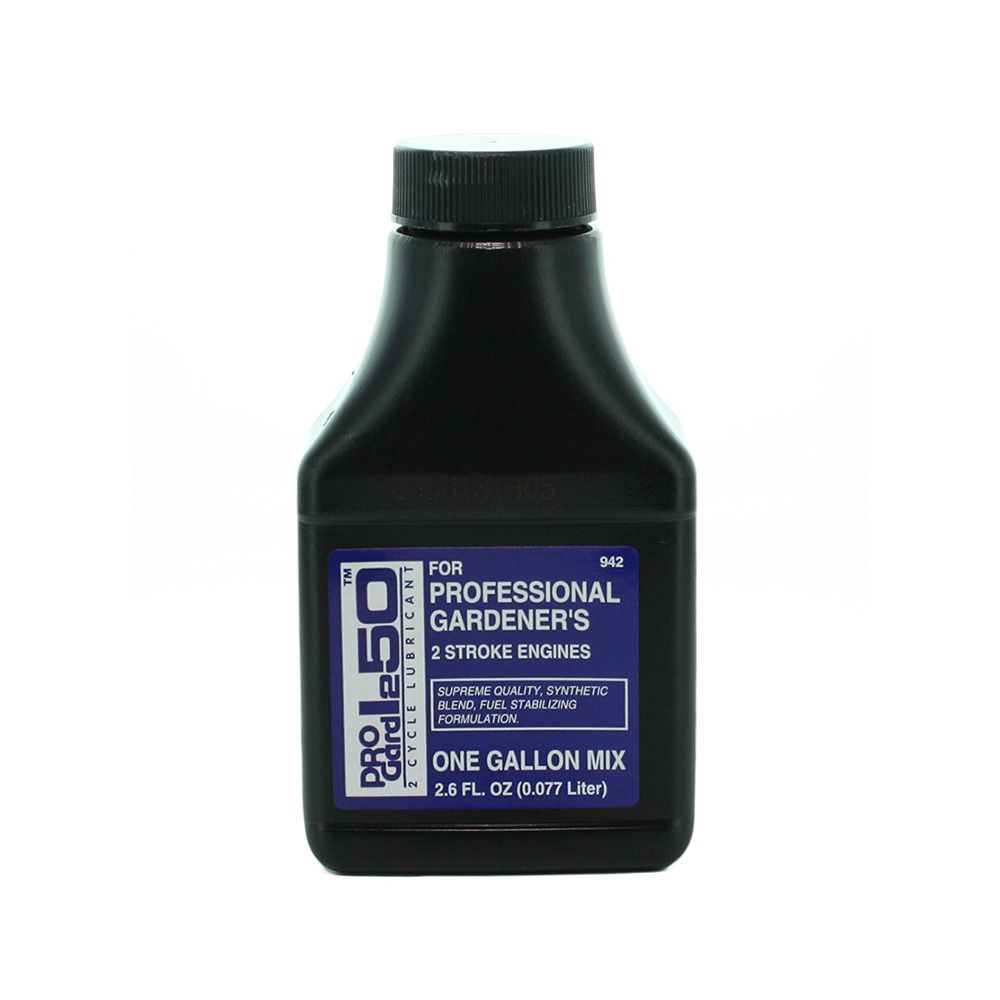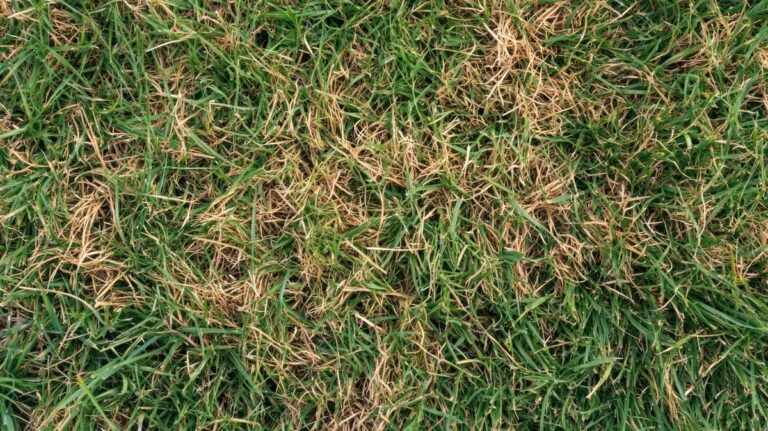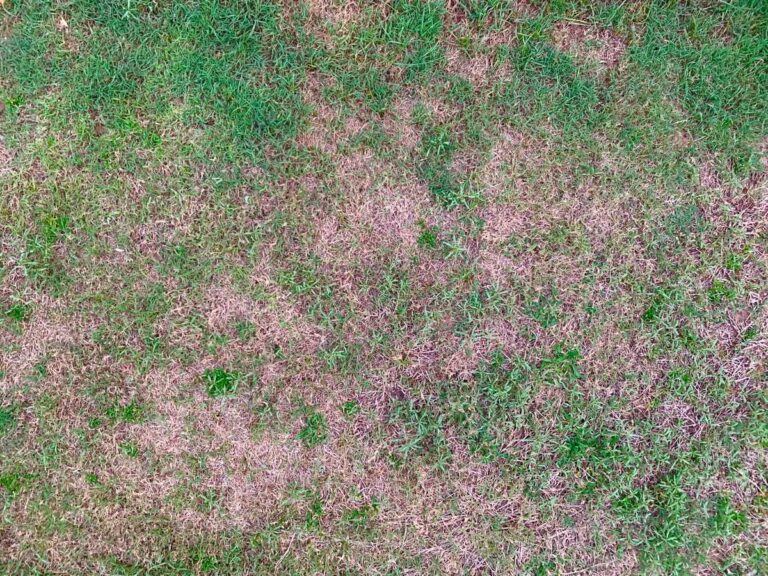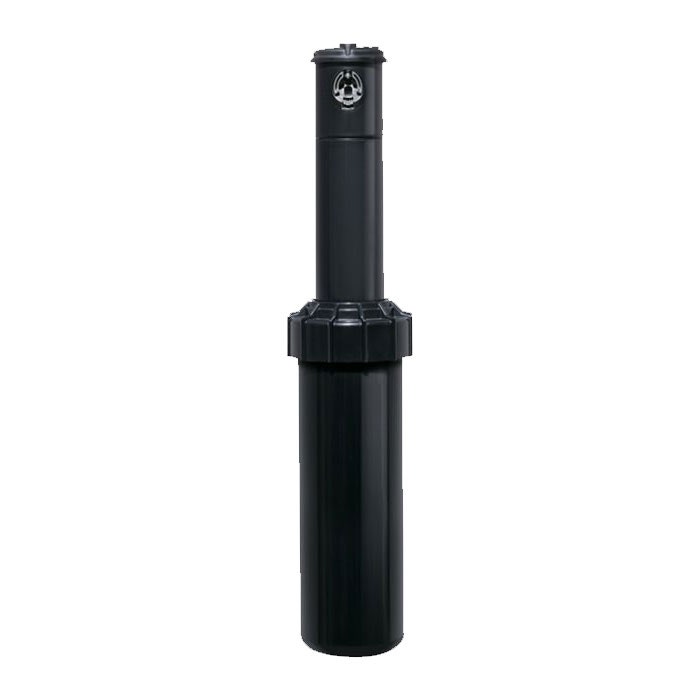Sprinkler Head Spray Patterns: A Guide
Table of Contents
How to Customize Sprinkler Head Spray Patterns
When it comes to keeping your lawn lush and your garden growing, sprinkler head spray patterns can make or break your irrigation strategy.
While many homeowners set their sprinklers and forget about them, paying attention to their spray patterns—and knowing when to make adjustments—can save you on water and money, and promote a healthier lawn and garden in the long run.
Let’s explore what you need to know about sprinkler head spray patterns so you can get the most out of your irrigation setup.
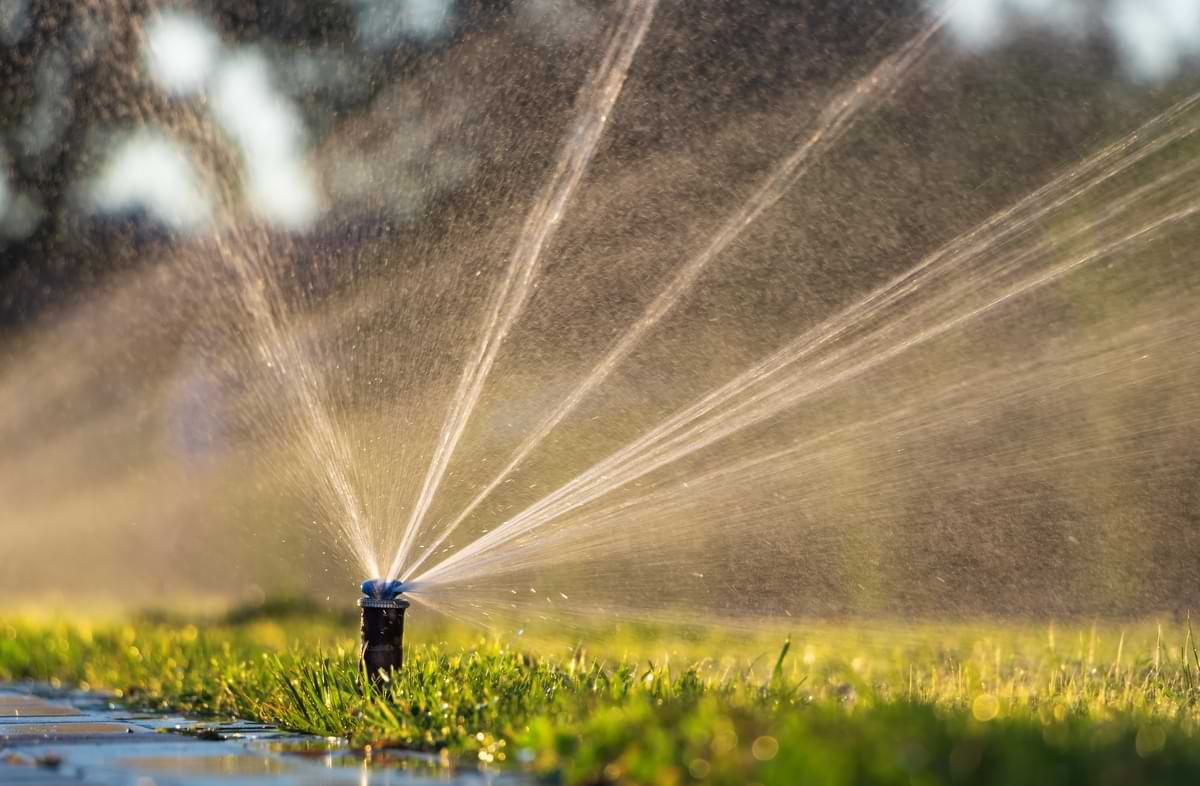
What Are Sprinkler Head Spray Patterns?
Sprinkler head spray patterns refer to the direction, distance, and shape of water distribution from a sprinkler head. Some sprinkler heads spray in a full circle, others in a half-circle, quarter-circle, or a narrow strip.
Adjustable nozzles let you customize the arc and reach of the water to match different zones of your yard. Fixed-pattern heads are preset to specific angles and are ideal for standard spaces.
There are also different types of sprinkler heads that affect spray patterns, including:
- Fixed Spray Heads: Short-range, fan-shaped spray, good for small, uniform areas.
- Rotary Heads: Rotate streams of water over longer distances—great for large lawns.
- Bubblers or Drip Emitters: Apply water directly at the root zone; ideal for shrubs and flower beds.
Why Spray Patterns Matter
A mismatched or poorly adjusted spray pattern can cause dry spots, puddling, or overwatering. You may notice brown patches, fungus, or even increased water bills without realizing your sprinklers are working against you.
Proper spray patterns ensure even coverage, which helps prevent wasted water and supports healthy, deep root growth in your grass and plants.
When to Make Sprinkler Head Spray Pattern Adjustments
Does your lawn have uneven coverage, dry patches, or water pooling where it shouldn’t? It might be time to adjust your sprinkler heads. Here’s how to know when—and how—to do it right.
Spray patterns should be checked and adjusted:
- Seasonally: Changes in sun exposure and plant needs call for different watering strategies.
- After Installing or Moving Sprinkler Heads: Any system change requires recalibration.
- After Landscaping Changes: New flower beds, tree growth, or hardscaping can block or redirect water.

- If You Notice Water Runoff or Dry Spots: This is a red flag your system isn’t watering evenly.
- After a Storm or High Winds: Debris or shifting soil can block or misdirect spray heads.
How to Make Sprinkler Head Spray Pattern Adjustments
Start by running your sprinkler system zone by zone and watching how the water falls. Use the following tips:
- Clean the Nozzle: Sometimes uneven spray is just due to dirt or debris.
- Adjust the Arc and Radius: Most nozzles can be fine-tuned with a small flathead screwdriver.
- Replace Worn or Broken Heads: Old or cracked heads often spray erratically.
- Use Matched Precipitation Nozzles: These ensure all zones receive the same amount of water, even if patterns differ.
Upgrade to a Smart Irrigation System for More Control of Sprinkler Head Spray Patterns
If you’re frequently having to adjust spray patterns, it may be time to upgrade to a smart irrigation controller.
These systems make it easy to switch between spray arcs, adjust for long or short distances, and automate your watering schedule. They can also detect coverage issues and respond to real-time weather changes—taking the guesswork out of lawn care while saving time and water.
FAQs for Sprinkler Head Spray Patterns
What is the proper sprinkler spray pattern?
The proper spray pattern depends on the layout of your lawn or garden. Sprinkler heads should overlap slightly to ensure full coverage without dry spots. Ideally, no water should spray onto sidewalks, driveways, or your home’s exterior.
What is the best pattern for sprinklers?
The best pattern depends on the layout of your yard and the type of plants you’re watering. For rectangular lawns, fixed arc heads with 90°, 180°, or 360° spray patterns offer precise coverage. For flower beds or areas with low-to-the-ground shrubs, adjustable or strip-pattern heads work well to avoid overspray. Curved or irregular spaces benefit from rotating or variable arc heads that provide full, even coverage.
How do you adjust the spray pattern on a sprinkler head?
To adjust the spray pattern, locate the adjustment screw on top of the head. Use a small flathead screwdriver to widen or narrow the arc, or change the spray distance. For smart irrigation controllers, making an adjustment is as easy as making an adjustment on an app. Always test the system after adjustments to make sure coverage is even.
If you want to stay up-to-date on the latest Sprinkler Warehouse news and make the most of all of our one-of-a-kind promotions, join the IrriGator community today. Happy watering, IrriGators!


